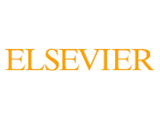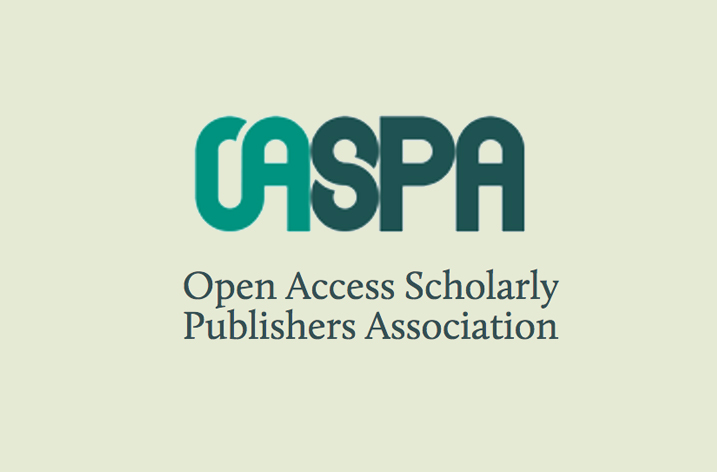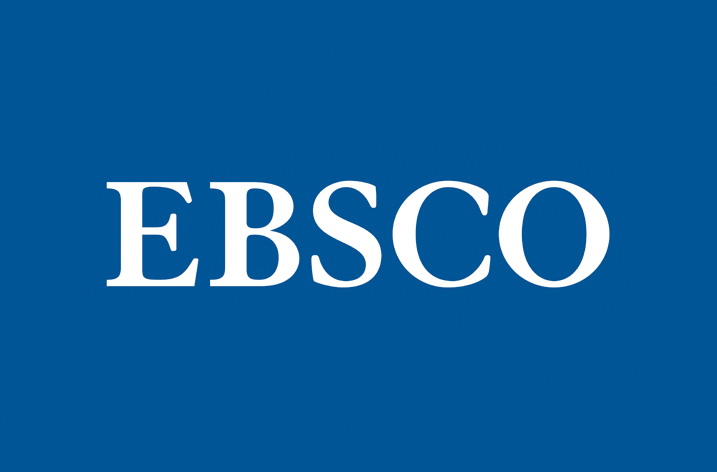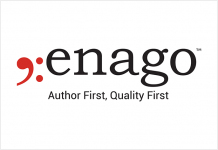
Elsevier, a world-leading provider of scientific, technical and medical information products and services, today announced the highlights of its journal Impact Factor performance in 2013. According to the 2013 Journal Citation Reports® (JCR) published by Thomson Reuters, Elsevier saw 61% of its journal Impact Factors increase from 2012 to 2013, well ahead of the aggregate across all other journals at 55%. Furthermore, 21% of Elsevier journals are in the top 10% of their subject category.
In 2013 Elsevier journals occupied the top position by Impact Factor in 61 subject categories, up from 58 in 2012. In addition, 14 Elsevier journals have risen to the top of their subject category and 40 journals have received an impact factor for the first time. Among these is Nano Energy, which published its first issue in 2012 and received an impressive first impact factor of 10.211.
Philippe Terheggen, Managing Director Journals at Elsevier, said, “These results tell me that the authors, editors and reviewers that our journal publishers work with, continue to excel at what they do, and manage to improve the reputation of these journals year upon year. These promising outcomes support my view that we are playing an important role in advancing research, and confirm that the continuous investments we make to help our researchers in scientific, technical and health areas to improve content quality are effective. It should be said, however, that the Impact Factor does not tell the whole story, and that journal quality can and should be measured in a variety of ways. That’s why we’ve developed alternative journal metrics, among which Source Normalized Impact per Paper (SNIP) and the SCImago Journal Rank (SJR) for all 20,000+ journal titles in the Scopus database. These metrics provide end-users with a variety of indicators of journal performance. We will continue to develop new journal metrics to ultimately create the broadest possible basis for measuring the contribution and impact of journals, articles, or authors, in the broadest possible sense.”
Flagship titles and society journals
The Impact Factor of The Lancet rose from 39.060 to 39.207, and its three specialty daughter journals The Lancet Oncology, The Lancet Neurology and The Lancet Infectious Diseases retained their high-ranking positions in their respective subject categories.
Cell, the flagship journal of Cell Press, saw its Impact Factor increase once again, from 31.957 in 2012 to 33.116 in 2013, retaining its position as one of the top biomedical research journals. Overall, 65% of the 28 Cell Press subscription journals showed increases in Impact Factor with 6 of the 14 Trends review titles increasing by greater than 10%. Cell Reports, a high-profile open-access journal from Cell Press that launched in 2012 and celebrated the publication of its 1000th article in May 2014, has established itself with an impressive first Impact Factor of 7.207.
Of the 372 titles in the JCR that Elsevier publishes on behalf of societies, 220, or 59%, showed a rise in their Impact Factors. The Journal of the American College of Cardiology increased its Impact Factor by 9% and leaps two places to rank first in “Cardiac & Cardiovascular Systems” – and its specialty daughter journal JACC: Cardiovascular Imaging – increased its Impact Factor by 13% to jump three places to the top position in “Radiology, Nuclear Medicine & Medical Imaging”.
The Impact Factor helps evaluate a journal’s impact compared to others in the same field by measuring the frequency with which recent articles in a journal have been cited in a particular year: the 2013 Impact Factor takes into account citations in 2013 to papers published in 2011 and 2012. – See more at: http://www.elsevier.com/about/press-releases/research-and-journals/elsevier-announces-2013-journal-impact-factor-highlights#sthash.wOWRDMac.dpuf























